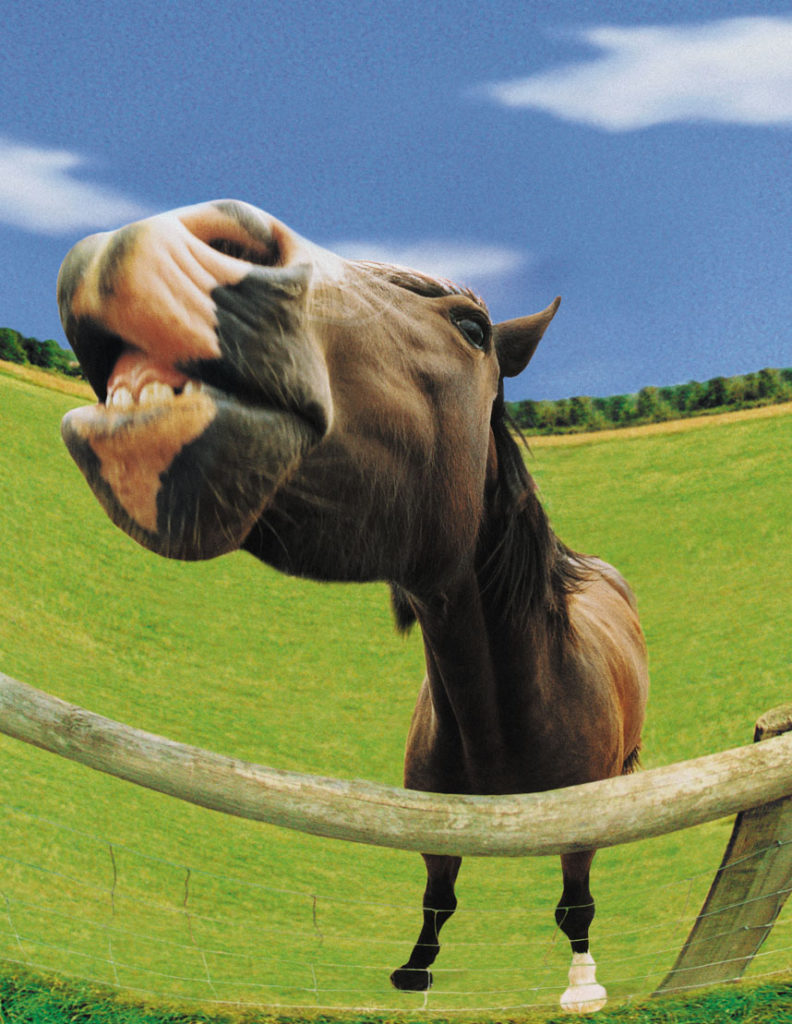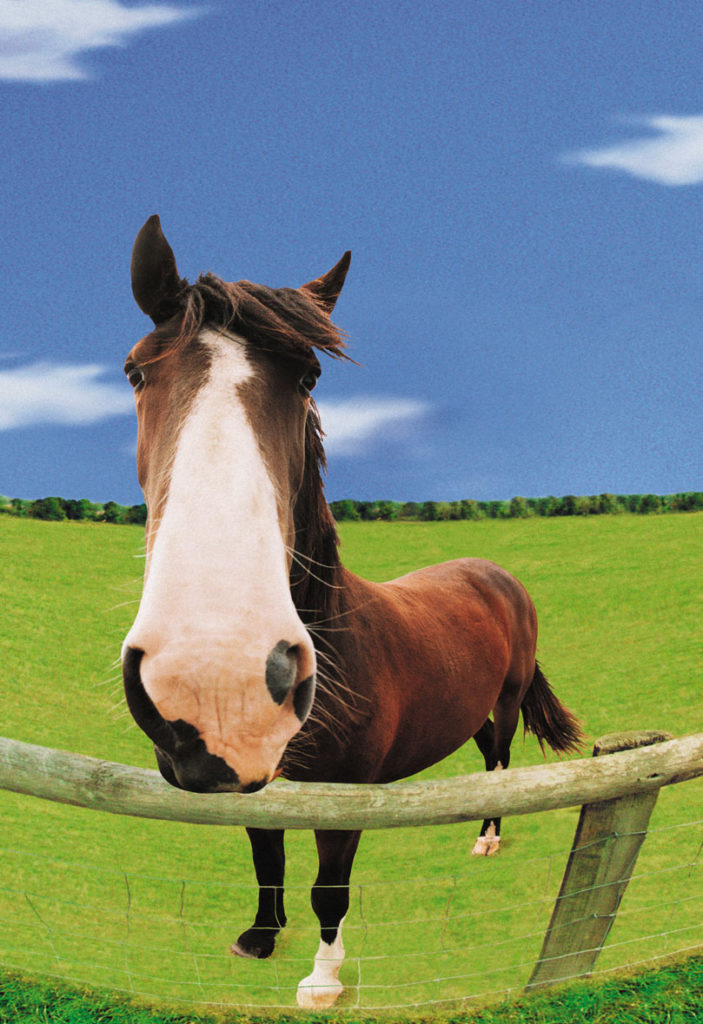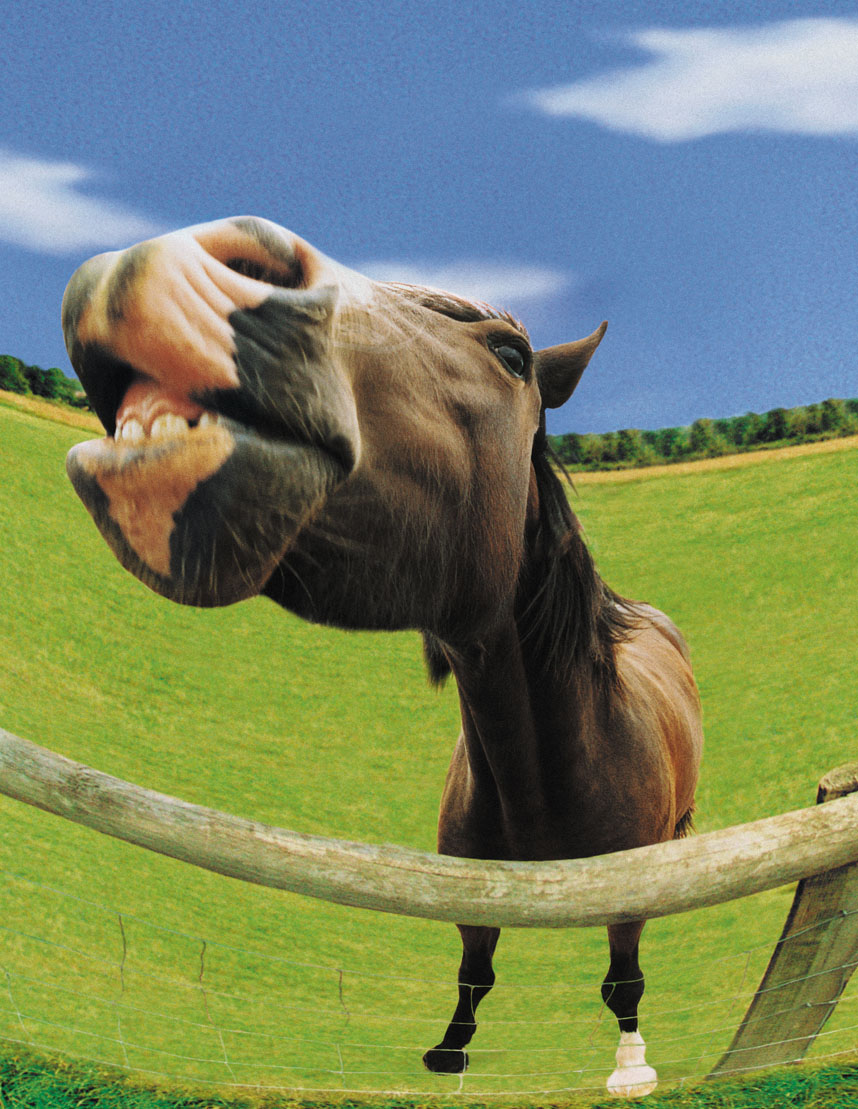LISA HULME-MOIR
Horses with equine metabolic syndrome (EMS) are at an increased risk of developing laminitis. Classically we think of the cresty-necked, overweight horse or pony that can live on the smell of an oily rag. However not every overweight horse has EMS and occasionally some horses with normal body condition may have EMS (so called lean EMS).
Laboratory testing is therefore beneficial to confirm the diagnosis and identify individuals that would benefit from the introduction of management strategies to reduce the risk of laminitis. Testing also provides prognostic information and can be used to monitor the response to any interventions.
Horses with EMS display one or a combination of hyperinsulinaemia, an excessive insulin response to ingested carbohydrate or tissue resistance to insulin. Testing strategies are therefore directed at either identifying hyperinsulinaemia or tissue insulin resistance.
Resting insulin

Previously fasting had been recommended prior to testing basal insulin concentrations. This was to try to eliminate the variation that might occur due to dietary factors and the time since feeding. Fasting insulin measurement however is no longer recommended due to its low sensitivity (few EMS horses have fasting hyperinsulinaemia) and the potential for fasting itself to induce insulin resistance in clinically normal horses. Measurement of basal insulin in a non-fasted horse however can be useful to screen for resting hyperinsulinaemia and assess the risk of current diet. Testing is generally recommended two hours after the most glycaemic intake occurs. This test has low sensitivity but is highly specific for EMS.
Oral sugar test/Oral glucose test
To increase the sensitivity of detecting inappropriate hyperinsulinaemia, insulin measurement may be performed after feeding a sugar-rich meal. This can be achieved by administering a dose of Karo Light Corn syrup (Oral sugar test) or glucose powder mixed with a small amount of chaff (Oral glucose challenge test).*
Both tests have their pluses and minuses, and there have been recent changes in the recommended dose of corn syrup for the oral sugar test, which has improved its reliability (increased from 15mL/100kg to 45mL/100 kg). As the sugar content of corn syrup can vary by brand, it is important that the Karo Light Corn Syrup is used. With both tests, measurement of baseline insulin is not strictly necessary so only one vet visit to obtain the post-feed blood sample is needed.
Tests for insulin resistance
Most tests designed to assess tissue insulin resistance are complicated and rarely performed outside of the research setting. The most common test used in clinical practice is the 2-step insulin response test (also known as Insulin tolerance test). The reported advantages of these tests are that they display a more consistent response to management and dietary changes than oral sugar/glucose tests and occasional horses with EMS may display tissue insulin resistance but not hyperinsulinaemia. Disadvantages include the risk of hypoglycaemia after injection of the insulin and the questioned repeatability of the 2-step insulin response test.

Finally, regardless of the test you use, it is important to remember that normal physiological responses can overlap with pathological responses. The effect of current diet should be considered and stress minimised prior to testing e.g. avoid testing during acute laminitic episodes, when concurrent illness is present or after transportation, heavy exercise, excessive starvation or any significant changes in management or diet.
For the latest recommendations and a full discussion of testing for EMS, see the links and references provided below.
· Bertin FR, de Laat MA. The diagnosis of equine insulin dysregulation. Equine Vet Journal. 49:570-576, 2017.
· Equine endocrinology group
· Liphook Equine Hospital: Notes for interpretation of lab results.
· Jocelyn NA, Harris PA, Menzies-Gow NJ. Effect of varying the dose of corn syrup on the insulin and glucose response to the oral sugar test. Equine Vet Journal. 50:836-841, 2018.
* Protocols for both tests can be found in the Veterinary Handbook on our website.

